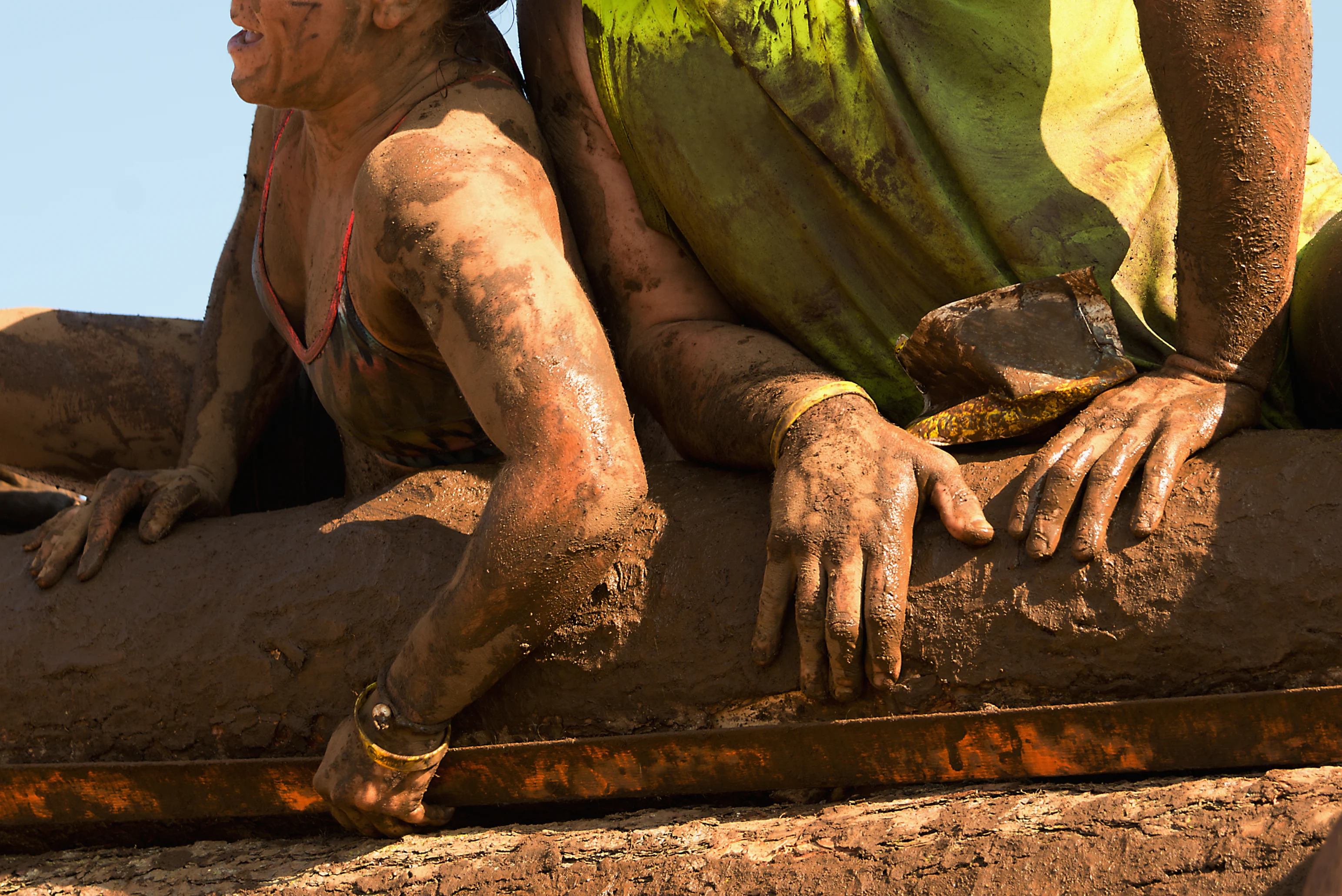Remember when you were a kid and you used to climb monkey bars, swing from ropes, and jump across streams? Rain only added to the excitement, leaving you soaking and filthy.
Sign up for a mud run to recreate those adventures. These outdoor team events involve maneuvering through military-inspired obstacle courses while becoming muddy.
The most well-known mud races are Tough Mudder and Spartan events. However, similar mud runs may be found in the majority of states. Some provide shorter distances and varying levels of difficulty. Others are only for women, children, or families.
How do mud runs work?
Typically, these events follow the same basic concept: participants cross a course that ranges from three to ten miles (or longer) and encounter 10 to 25 obstacles.
While some mud races can be done alone, the majority are designed to be team-oriented activities. Teams of five to ten persons are frequently coed. There is no time limit, however depending on the distance and number of obstacles, most teams complete the course in less than an hour to three hours or more.
The hurdles are difficult enough that most people require assistance navigating over, under, and across them, both physically and emotionally. This is when the "we're-all-in-this-together" comradery comes into play.
What kinds of obstacles are there in mud runs?
Common roadblocks include
Climbing over spider-web-like cargo nets
scaling walls of various heights
dangling from ropes with handles
strolling across beams or logs, carrying logs
sandbags slithering under barbed wire.
Then there is all the mud to contend with. Prepare to slog through muddy pits, crawl through muddy tunnels, and slide down mud-slick slides.
What advantages does a mud run provide for your health?
The advantages of these events stem from their design, according to Dr. Aaron Baggish, creator of the Cardiovascular Performance Center at the Massachusetts General Hospital, which is connected with Harvard.
"Obstacle racing combines large-muscle, whole-body resistance exercises superimposed on a long-distance endurance race," he explains. "You need strength, stamina, and mobility, so they are a snapshot of overall conditioning."
In addition to the physical advantages, mud races present emotional pleasures and psychological challenges for completing tasks that call for organization, coordination, and strategy.
How should one get ready for a mud run?
Mud races demand vigorous exercise, so talk to your doctor about your safety and ability before registering for an event. While practically everyone of any age can take part in these events, finishing them and lowering the chance of injury both require a minimum level of conditioning.
"Training for obstacle races incorporates many aspects of fitness and performance," claims Dr. Baggish. "Therefore, it's best to train with a coach or trainer who is aware of the fundamental skills required to finish these races," says the author.
Regardless of whether you work with a trainer, you should concentrate on:
aerobic exercise. Although you won't be running as steadily as you would in a regular road race like a 5K or half marathon, you still need to move quickly from obstacle to obstacle. "Optimal training for such obstacle races involves a combination of steady-state aerobic base training, like jogging or cycling, coupled with interval work that simulates the start-and-stop nature of competition," claims Dr. Baggish.
grip toughness. The only way to overcome gravity is to grip, hold, and pull oneself. Pull-ups and farmer carries, in which you walk back and forth while holding dumbbells or kettlebells in each hand, are two exercises that can be beneficial. To prevent injury while performing these workouts, proper form is crucial. When using weights, keep in mind to start slowly.
Plyometrics. A lot of obstacles require powerful jumps and swift movements. These actions can be mimicked with exercises like jump squats, burpees, and box jumps.
Keeping yourself protected in the mud
Even though being physically prepared might significantly lower the risk of injury, you should also take additional safety measures. For illustration:
Depending on your level of fitness, pick your race. Before you go, be sure you understand what you're getting into.
Put on breathable, lightweight garments. Avoid cotton since it absorbs moisture and becomes heavy.
To prevent mud from getting in your eyes, wear a visor, headband, or safety glasses.
To avoid scratching, put on long shorts or slacks that cover your knees, or choose knee pads.
To protect your hands and increase your grip, think about wearing gloves.
Before putting on socks, cover your feet with petroleum jelly or an anti-chafing cream to prevent blisters and chafing on damp feet.
Tie shoelaces firmly (but not so firmly that they restrict blood flow). Mud generates suction, and a shoe might be easily lost.
Take it slow. When necessary, take a stroll or a rest.
Where are mud runs located?
It depends on the degree of difficulty you're looking for. Are you prepared for a Spartan or Tough Mudder race? Looking for a Muddy Princess or Muddy Kids event, or a family-first mud run?
You can use the following extra websites to identify mud runs nearby as well:
Mud Run Finder (US)
Run Guides (Canada and the US)
Savage Race (US)
Depositphotos

